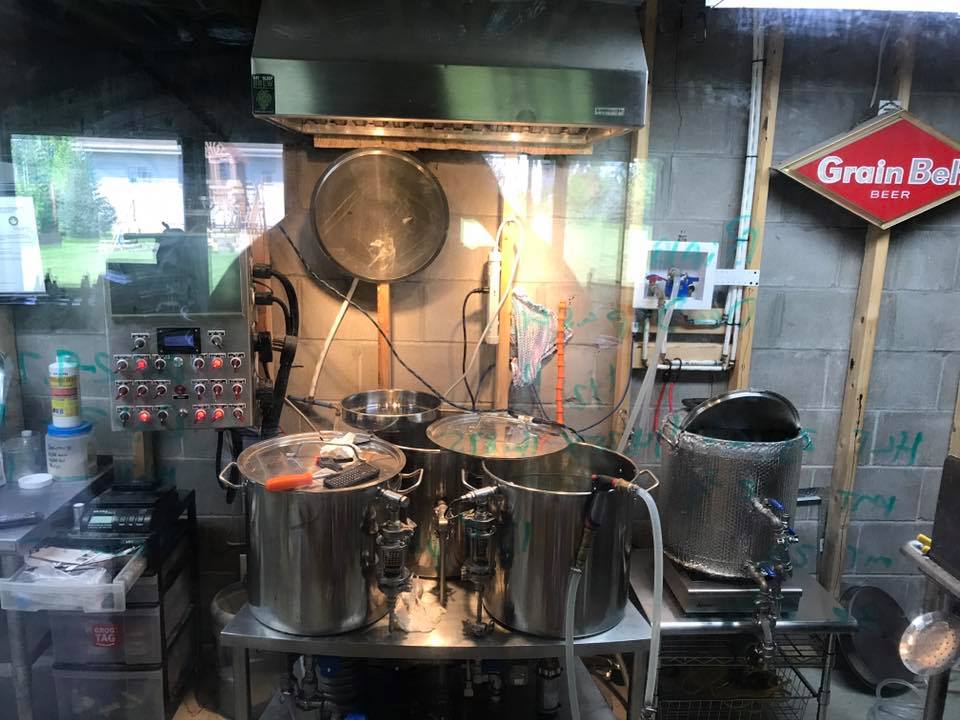Die_Beerery
Well-Known Member
- Joined
- Aug 21, 2017
- Messages
- 842
- Reaction score
- 641
Since people genuinely care about this and want some data to be put out there, let use this thread as a resource for that. So want to try it, but unsure? Tried it and hated it? Tried it and loved it? Lets get together and discuss in a professional manner. With the title as it states maybe some folks can easily avoid it as well, maybe the best for both worlds!
Lets start it off with the material.
The Original "On Brewing Bavarian Helles
On Brewing Bavarian Helles V2
Methods of a Low Oxygen Brewhouse
Low Oxygen Brewing Blog
A vast page of reference material.
Lastly, the most up to date Low Oxygen Brewing overview THE STATE OF LOW OXYGEN BREWING: ON PROGRESS, UPDATES AND REVIEW
Please use these references and materials to make informed decisions about this brewing style.
Lets start it off with the material.
The Original "On Brewing Bavarian Helles
On Brewing Bavarian Helles V2
Methods of a Low Oxygen Brewhouse
Low Oxygen Brewing Blog
A vast page of reference material.
Lastly, the most up to date Low Oxygen Brewing overview THE STATE OF LOW OXYGEN BREWING: ON PROGRESS, UPDATES AND REVIEW
Please use these references and materials to make informed decisions about this brewing style.




